The content of the article
Rhubarb has been widely used in cooking, cosmetology and folk healing. Asian countries and the American people use the plant on an even larger scale, and this is not surprising. Rhubarb is cultivated for industrial purposes, then it is used for the preparation of medicines, cosmetics, seasonings. On this basis, many are interested in the beneficial and harmful qualities of the plant. Let's talk about them in more detail.
Rhubarb Composition
Most often, the root of the plant is used, which is pre-dried and ground. About 90% of water is concentrated in rhubarb, this leads to fast digestibility after ingestion.
The plant also accumulates poly- and monosaccharides, starch, fiber and other dietary fiber, pectin, chrysophane, glycosides.
Rhubarb is a record holder among plants in which many organic acids are present. So, we are talking about apple, ascorbic, amber, etc.
The vitamin complex consists of beta-carotene, thiamine, retinol, niacin, riboflavin, tocopherol, vitamins C and K. The rhubarb is superior to the notorious currants and apples in these enzymes.
The plant is not deprived of macro- and microelements. Of particular value is potassium, copper, phosphorus, zinc, calcium, iron, manganese, selenium, magnesium.
Many might think that such an extensive list of chemicals suggests a high calorie content. However, this figure is only 13 Kcal. For comparison, greens of a different type (dill, parsley, etc.) have a higher calorie content.
Useful properties of rhubarb
- prevents brain hypoxia by feeding neurons;
- lowers blood pressure and does not allow it to rise again;
- heals wounds on the mucous membranes of internal organs;
- strengthens nails, bones and teeth;
- increases the protective functions of the body in the offseason;
- compensates for the lack of valuable substances in vitamin deficiency;
- strengthens the eye muscles, increases visual acuity;
- promotes improved liver function, removes bile;
- facilitates the course of hepatitis;
- restores skin after burns, psoriasis, other similar ailments;
- strengthens the immune system, reducing susceptibility to bronchitis, pneumonia, acute respiratory viral infections, influenza;
- prevents tuberculosis;
- struggles with tachycardia, bradycardia, arrhythmia;
- used in the treatment of flatulence, dispersion and atony of the intestine;
- cleanses the body of toxins, relieves constipation (including chronic)
- effective for inflammation of the gastrointestinal tract;
- increases appetite in adults and children, reducing likely dystrophy;
- acts as an antispasmodic for pain in the spleen, gall bladder, liver, uterus, kidneys;
- prevents anemia due to a large accumulation of iron;
- Helps recover from heart attacks and strokes;
- reduces the number of heart attacks, restores muscle tone;
- promotes weight loss;
- cleanses the bladder from neoplasms.
In large volumes, preparations based on the root of the plant can be dangerous. Therefore, eat petioles in various dishes.
The benefits of rhubarb for men
- The plant is useful for men of different age categories. It is known that representatives of a strong half of the population often suffer from heart diseases, which develop due to the accumulation of cholesterol in the blood.
- Rhubarb removes harmful compounds, gently dilates the blood channels, accelerates blood circulation.This reduces the likelihood of thrombosis, varicose veins, cardiovascular ailments.
- Men are addicted to addictions such as smoking and alcohol. Rhubarb cleanses the body of poisons, quickly removes alcohol during a hangover, and prevents lung cancer.
The benefits of rhubarb for women
- The plant is great for women. Rhubarb retains youthful body tissues and skin in particular. Seasoning is good to eat during the menstrual cycle to reduce soreness.
- Rhubarb increases the regenerative processes of epidermal cells, reducing the number of wrinkles and age spots. The plant is often used to combat hair loss, dandruff, itching, and severe greasiness.
- Menopausal women need to take chopped raw materials to reduce flushing. Seasoning also supports vision and prevents cataracts.
The benefits of rhubarb for pregnant women
- For girls who are in a delicate position, rhubarb is indicated for admission and is salvation. The plant is able to cope with toxicosis, which usually appears in the early stages.
- Pregnant women often suffer from bowel obstruction. Rhubarb normalizes the digestive system and gently cleanses the body.
- Root is a valuable source of K-group vitamins. This property stops the possibility of hemorrhage in the brain, as well as congenital anemia of the fetus.
- Rhubarb lowers blood pressure and normalizes it. The absence of jumps prevents the likelihood of vascular pathologies in the future baby and his mother.
- The high calcium content makes up for the lack of this element in a pregnant girl. This quality will keep bones, nails, hair, teeth in integrity after childbirth. In addition, calcium is responsible for the formation of the skeleton of the child.
The benefits and harms of rhubarb juice
- Rhubarb juice has a pronounced sour taste, the composition is effective for cleansing the body and intestines from various parasites, including worms.
- Drinking a drink in large quantities is not allowed, as it contains a high percentage of oxalic acid. The substance after heating is formed into crystals and accumulates in the body.
- As a result of this reaction, there is a significant risk of arthritis, gout, sand, kidney stones, and gall bladder formation.
- Juice will bring invaluable benefits exclusively in its raw form. The composition must be consumed in small portions. It can be mixed with fresh carrots, celery and fruits. Add a small amount of honey if desired.
- If diluted with rhubarb juice with honey and similar fruit or vegetable compounds, you get a fairly tasty and balanced drink.
The benefits of rhubarb in diseases
- Rhubarb leaves help with diabetes. Special enzymes that control the release of insulin in the pancreas have a positive effect.
- Medicines based on rhubarb and xylitol normalize blood glucose levels. Often, diabetes in patients occurs along with impaired mineral synthesis. As a result, gout or uric acid diathesis occurs.
- In the case of diagnosing gout, rhubarb must be consumed in small quantities and with extreme caution. If the norm is not observed, the course of the disease is significantly aggravated by the deposition of oxalic acid in the body.
- With such ailments, rhubarb can be introduced into the diet in rare cases. Moreover, the product must be combined with other dishes, such as borsch.
Oncology
- British scientists have found that rhubarb is rich in polyphenols. Such enzymes have a strong anti-cancer effect.
- Studies have shown that when using a rhubarb extract in a patient for two days in the body, the number of cancer cells was reduced by 2 times.
- In severe lung cancer, the further development of the disease is blocked after 10 days.Regular use of the plant in the usual diet will provide excellent oncology prevention.
Constipation
- In the fight against chronic constipation, the powder from the rhubarb root will help to cope. The drug is recommended to be taken at night, as the desired effect occurs after 7 hours.
- Specialists recommend using the plant extract in turn with other laxatives. Otherwise, the action of rhubarb weakens over time.
Hepatitis
- The use of the root of the plant at any stage of hepatitis can significantly improve the condition of the patient and abandon most of the medications taken.
- To prepare an effective remedy, pour 60 g into a small stewpan. dry chopped rhubarb root. Pour in raw materials 500 ml. water, turn on the hotplate to minimum.
- Stew the product for at least a third of an hour. After this, wait for the broth to cool naturally, strain. The tool must be consumed in 30 ml. before a meal, seizing 10 gr. honey.
Rhubarb Harm
- Before use, you need to know that not all parts of rhubarb are suitable for use or for medicinal use. Elevated stems and leaves are considered poisonous. A similar statement is associated with an excess of oxalic acid, which is harmful to the kidneys.
- Due to the content of such acid in the root of the plant, it is forbidden to consume the product in large quantities with kidney stones. Compotes and rhubarb preserves do not count.
- Acids interact with calcium to form stones. Hence, further complications develop with the existing ailment. Rhubarb must be collected in the spring, almost harmless malic acid predominates in the plant.
- It is forbidden to use rhubarb in any form for inflammatory processes of the bladder, bleeding of various nature, peritonitis, cholecystitis, pregnancy and rheumatism.
Rhubarb will bring undoubted benefits to the body with strict observance of the daily intake. Be careful with chronic ailments, the plant can save you from complications or exacerbate the situation.
Video: how to grow and use rhubarb


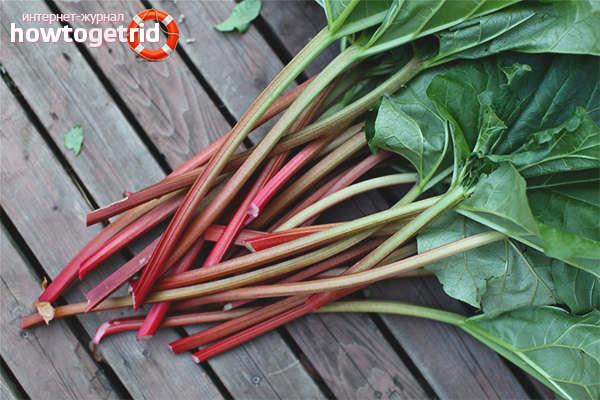
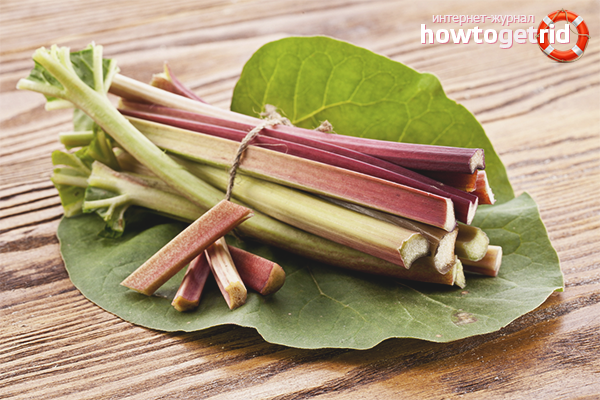

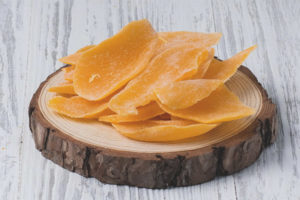
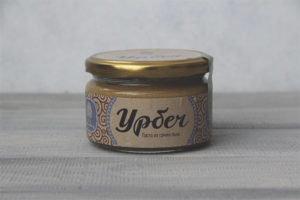
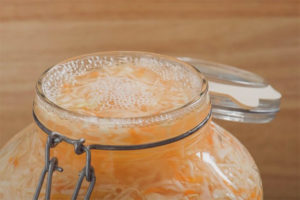

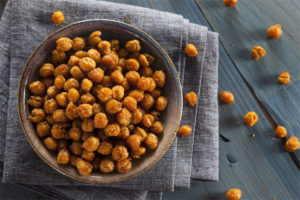
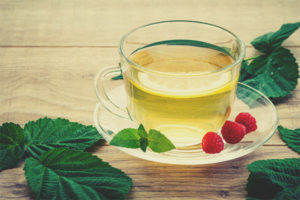
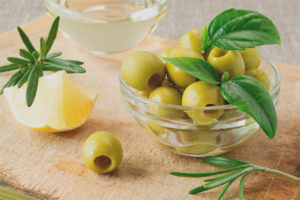
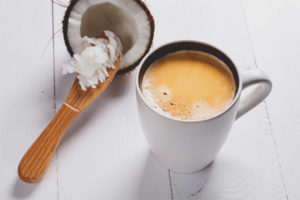
Submit